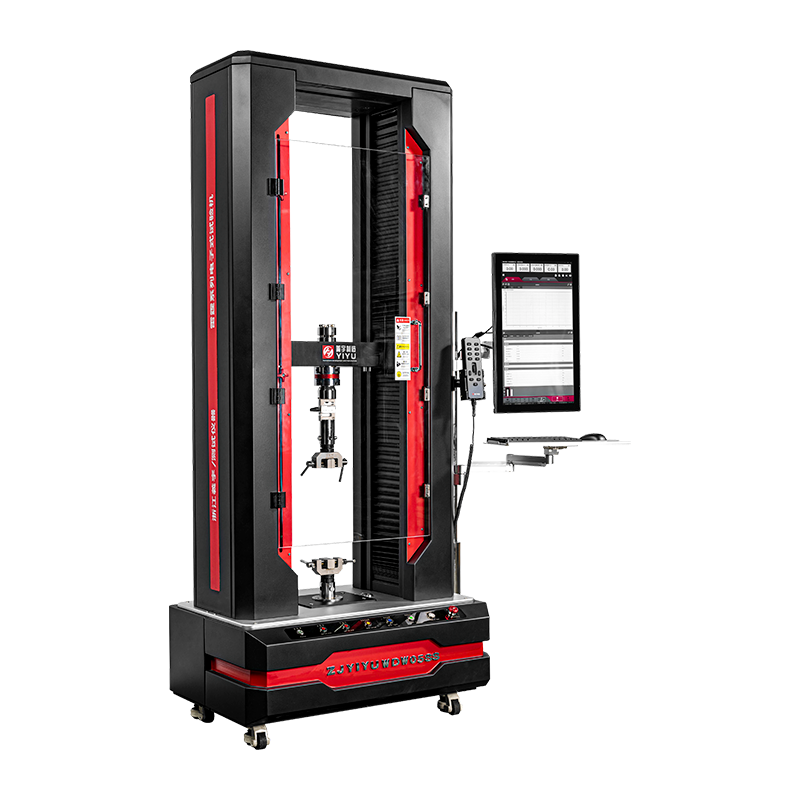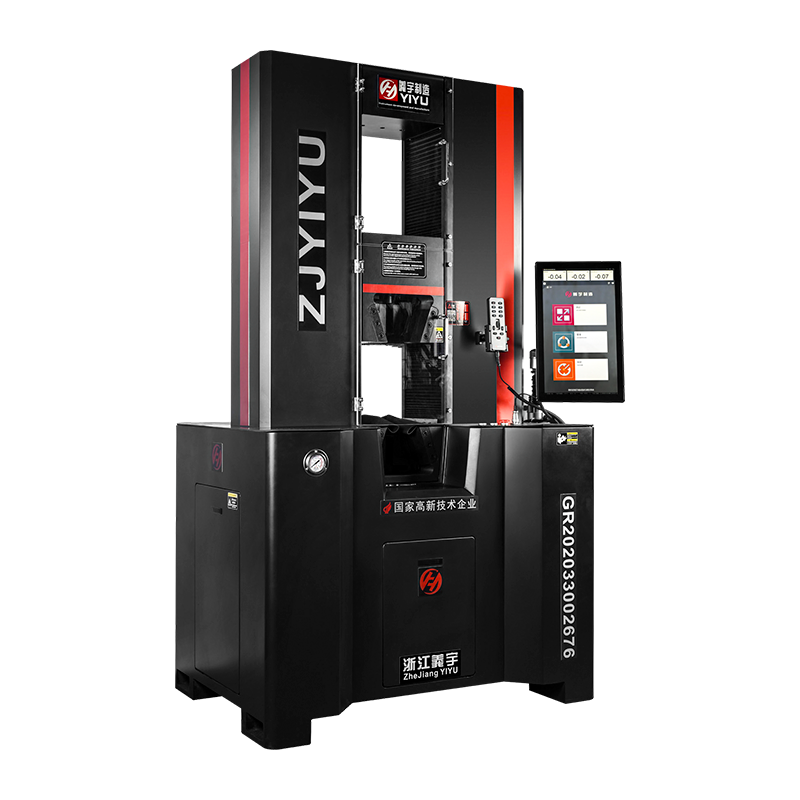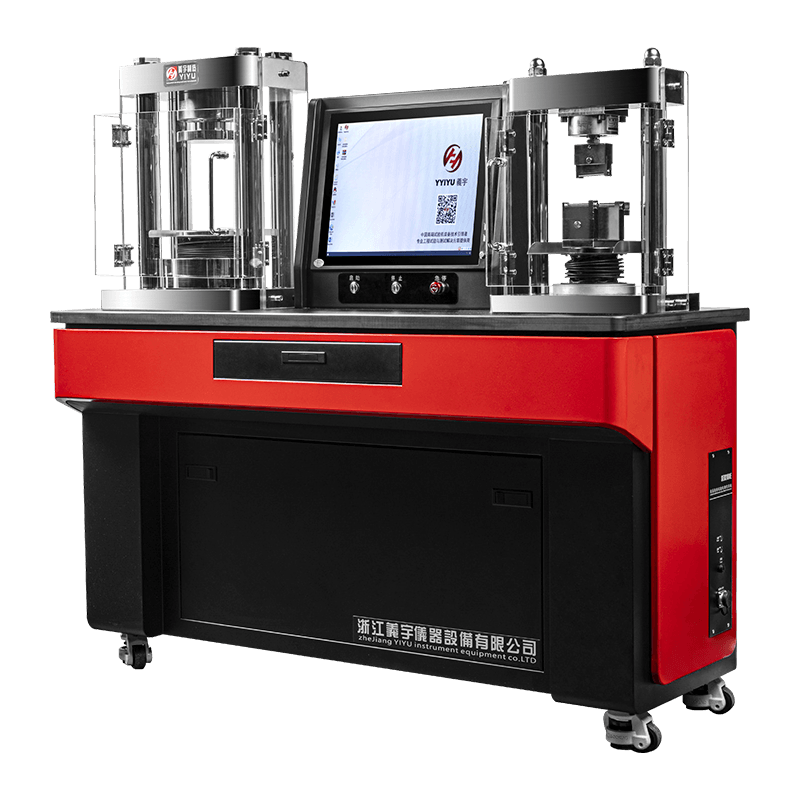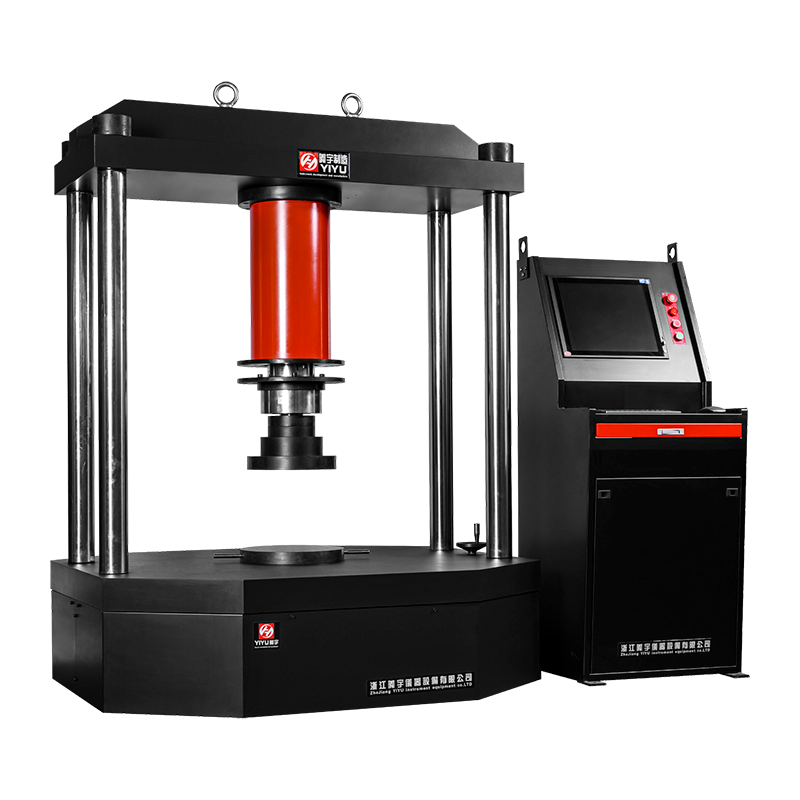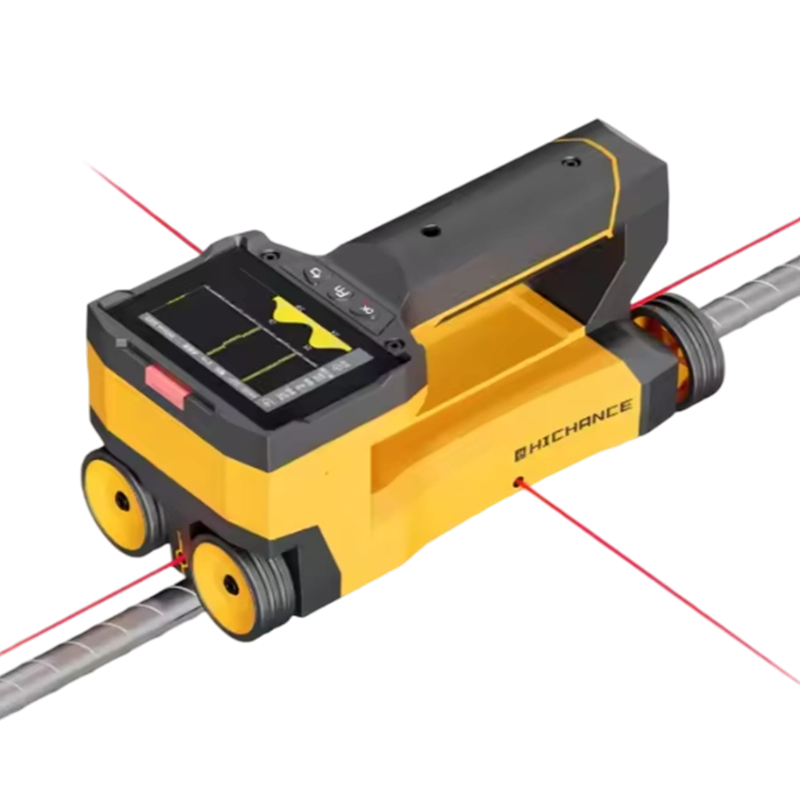As the manufacturing industry continues to move towards a new era of high precision and high efficiency, specialized testing machines, as crucial quality control tools, have become a core piece of equipment for ensuring product performance and improving production efficiency across various industries. However, faced with a wide variety of specialized testing machines on the market with varying functions, selecting the right testing equipment based on business needs has become a critical issue for every company.
When choosing the right testing equipment, equipment performance and technical specifications are among the most critical factors in determining whether the equipment meets actual needs. Selecting a high-performance testing machine that meets technical requirements not only improves test accuracy but also significantly increases production efficiency and reduces operating costs.
The Importance of Equipment Performance and Technical Specifications
When selecting testing equipment, equipment performance and technical specifications not only influence the accuracy of test results but also directly determine the equipment's efficiency and lifespan. Poorly performing equipment can not only lead to data deviations and test failures, but can also disrupt production processes and even cause equipment damage, increasing repair costs. Therefore, when purchasing specialized testing machines, equipment performance and technical specifications are of paramount importance.
Different industries have different requirements for testing equipment. The performance of the equipment directly determines the credibility of test data, the stability of the testing process, and the quality of the company's products. Therefore, when selecting equipment, companies must understand and prioritize the key performance indicators (KPIs) of the equipment to make informed choices.
Key Technical Indicators of Test Equipment Performance
Among the numerous technical indicators, there are several KPIs that companies should pay special attention to when selecting equipment. These indicators not only reflect the core performance of the testing equipment but also directly impact test results and product quality control.
Measurement Accuracy and Resolution
Measurement accuracy and resolution are the most fundamental technical specifications of specialized testing machines and are crucial factors affecting the accuracy of test results. Accuracy refers to the difference between the test result and the actual value, while resolution refers to the smallest unit of change that the equipment can detect during measurement.
Accuracy: High-precision testing equipment provides more accurate test data, which is crucial for industries requiring strict quality control, such as electronics, automotive, and aerospace. For example, excessive error in precision instruments can cause a product to fail inspection, leading to production halts. Resolution: The higher the resolution of a testing machine, the more subtle changes it can detect. For example, in materials testing, high resolution can detect even tiny cracks or changes in the material, thus preventing minor defects from causing product quality issues.
For industries requiring high precision, choosing equipment with both high precision and high resolution can ensure the reliability of test results and avoid quality issues caused by inaccurate testing.
Level of Automation and Intelligence
With the advancement of automation technology, intelligent specialized testing equipment has gradually become mainstream in the market. Automated equipment can reduce manual intervention, improve testing efficiency, and minimize human error.
Automation: Equipment with automation capabilities can complete data collection, processing, and analysis without human intervention, significantly improving testing efficiency. Especially for high-frequency testing tasks, automation can effectively save time and reduce labor costs.
Intelligent Analysis: Modern specialized testing machines are often equipped with integrated data analysis systems that can process and analyze test results in real time. Intelligent testing machines can use algorithms to predict long-term product performance, optimize production processes, and automatically generate test reports. This intelligent functionality is particularly suitable for production environments that require rapid feedback and decision-making.
Highly automated and intelligent equipment can significantly improve production accuracy and efficiency, reduce errors caused by manual intervention, and thus enhance the reliability and quality of test data.
Measurement Range and Applicability
Different testing equipment has different measurement ranges. The measurement range refers to the range of values the equipment can test. For example, a tensile testing machine might have a measurement range from several hundred kilograms to several tons, while a compression testing machine might have a measurement range from a few Pascals to several hundred MPa.
Choosing Measurement Range: When selecting a testing machine, companies must ensure that the equipment's measurement range meets their testing needs. If the equipment's measurement range is too small, certain tests may not be possible, limiting its use. On the other hand, if the measurement range is too large, the equipment's potential may be wasted, preventing it from fully utilizing its performance.
Applicability: The measurement range not only encompasses the magnitude of the values but also encompasses the test equipment's adaptability to different materials or products. For example, some testing equipment may only be able to test the strength of metals, while other equipment may be suitable for a wider range of materials (such as rubber, plastics, and composites).
Therefore, selecting test equipment with an appropriate measurement range and broad applicability can ensure accurate testing of a wide range of products and meet diverse testing needs.
Stability and Repeatability
The stability and repeatability of equipment are directly related to the reliability of test results. Stability refers to the ability of equipment to maintain its performance over long-term use, while repeatability refers to whether the equipment can provide consistent test results across multiple tests.
Stability: Equipment stability determines its reliability over long periods of operation. Poor equipment stability can lead to errors during testing, or even equipment failure, impacting production schedules and product quality.
Repeatability: The ability of test equipment to provide consistent results over multiple tests under the same conditions is a key indicator of equipment quality. Poor equipment repeatability means unreliable test results, which can disrupt production processes.
Selecting equipment with high stability and repeatability ensures consistent and reliable test results, avoids data errors caused by equipment fluctuations, and ensures accurate quality control.
Durability and Maintainability
Equipment durability and maintainability are crucial factors that cannot be ignored when selecting equipment. Specialized testing machines often need to operate continuously in harsh working environments, so their durability and maintainability directly impact their lifespan and maintenance costs.
Durability: Equipment durability involves multiple characteristics, such as corrosion resistance, vibration resistance, and high-temperature resistance. Especially for equipment operating in harsh environments, durability is crucial for ensuring long-term stable operation.
Maintainability: Choosing equipment that is easy to maintain and has long repair cycles can effectively reduce operating costs. High-quality equipment often comes with comprehensive maintenance guides and convenient maintenance modules, allowing companies to quickly troubleshoot and minimize downtime.
Durable and easy-to-maintain equipment not only improves long-term reliability but also reduces production losses caused by downtime.
